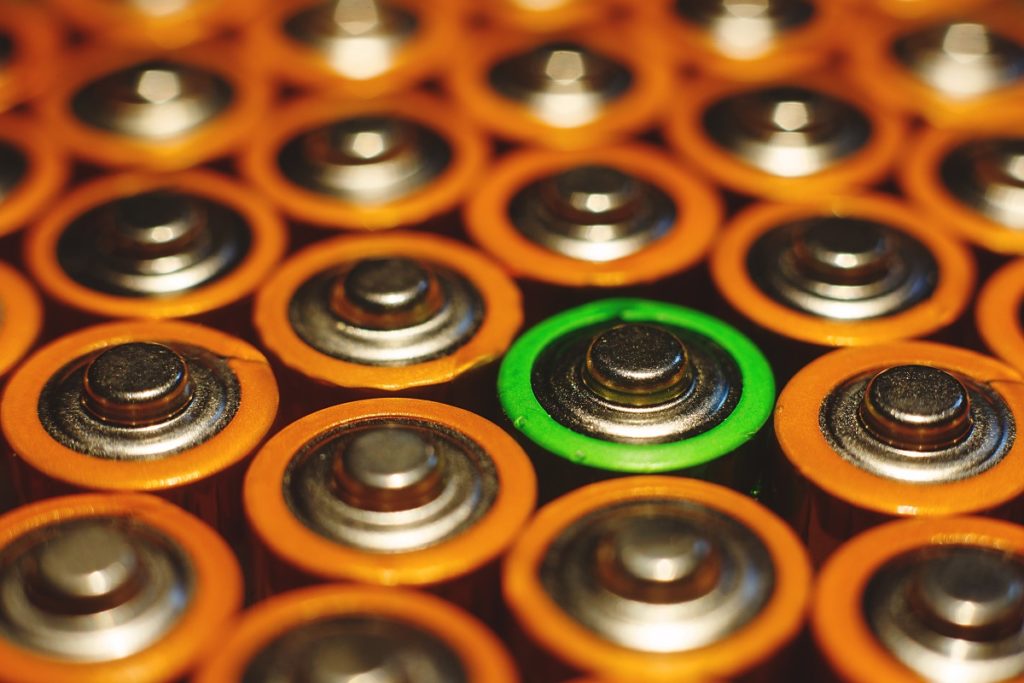Batteries are everywhere. From handheld devices to life-support equipment in the hospitals, the battery plays an important role in how our power system works and how our modern society functions. While the use of a battery may seem simple to the user, the process behind it is not.
Understanding how this essential product of technological advancements works can unlock plenty of other opportunities. The components that make up a battery, the price of the anode used for it (like nickel, zinc, or aluminum), and even the trends will help shape the future.
So, how do batteries work?
Mix and spark
It’s important to understand that while batteries power electric devices, the way they produce the energy needed is through chemical reactions. There’s no such thing as a compound that’s inherently capable of producing electricity that can be stored in a raw form without a catalyst. That’s the reason batteries exist.
Batteries have three main components:
- The anode, where the current flows in from an outside circuit
- The cathode, where the current flows out
- The electrolyte, which separates the two
These are typically made of metals that can conduct electricity once it is introduced to the material, such as copper, zinc, or aluminum.
Bringing out the potential
 By introducing a current through either end, the electrons in the anode and cathode start reacting to one another, releasing chemicals that the electrolyte helps turn into electric current. Think of it as a spark being generated by two things rubbing together like flint; only this time, the flint sparks due to chemicals, not physical friction.
By introducing a current through either end, the electrons in the anode and cathode start reacting to one another, releasing chemicals that the electrolyte helps turn into electric current. Think of it as a spark being generated by two things rubbing together like flint; only this time, the flint sparks due to chemicals, not physical friction.
The type of metal matters
It’s important to note that not all metal can work well as batteries. Only certain types of metal have the right composition needed to sustain an electrochemical reaction and still have the durability and resistance to corrosion that’s necessary for a battery to endure long-term use.
Some of these metals include:
- Nickel
- Zinc
- Alkaline
- Lithium
- Cobalt
- Cadmium
- Lead
In addition to these metals, it’s possible to form hybrids by mixing them with one another (for example, nickel-cadmium or lithium-ion).
The longevity, power output, and reusability of a battery are largely determined by the type of metal it is composed of. For example, primary batteries such as the zinc-carbon or alkaline batteries are designed for single use and cannot be recharged due to the chemicals in the metal becoming unstable and irreversible once the current has been applied.
On the other hand, secondary batteries like lithium-ion and nickel-cadmium batteries can survive the current needed to recharge their electrochemical properties for a certain period, making them essential in the manufacturing of most of our devices, including smartphones, tablets, toys, and laptops.
That was the brief primer into how batteries work and how they are created. If you want to learn more about the intricacies of battery production, such as the compounds required to make one, or if you’re looking for investment opportunities in the battery industry, it’s best to contact a reputable assessment company that specializes in battery supply chains.


